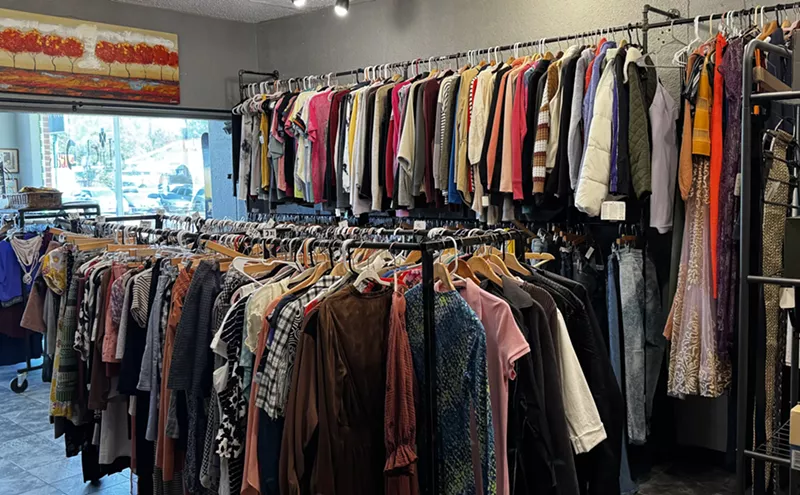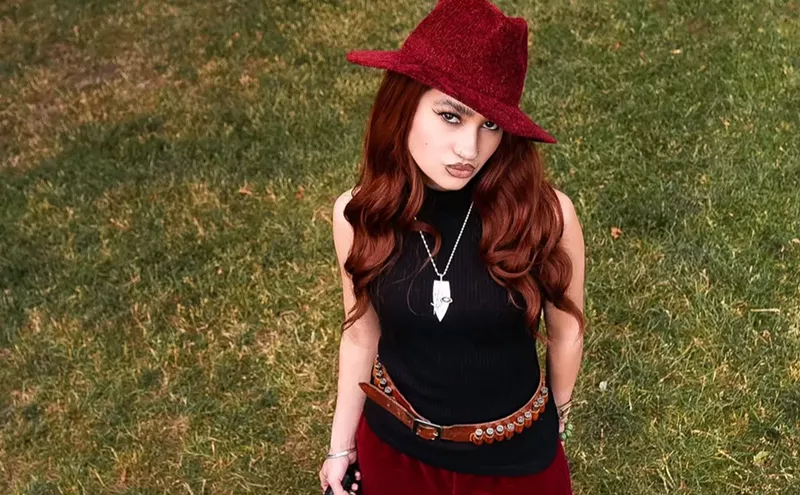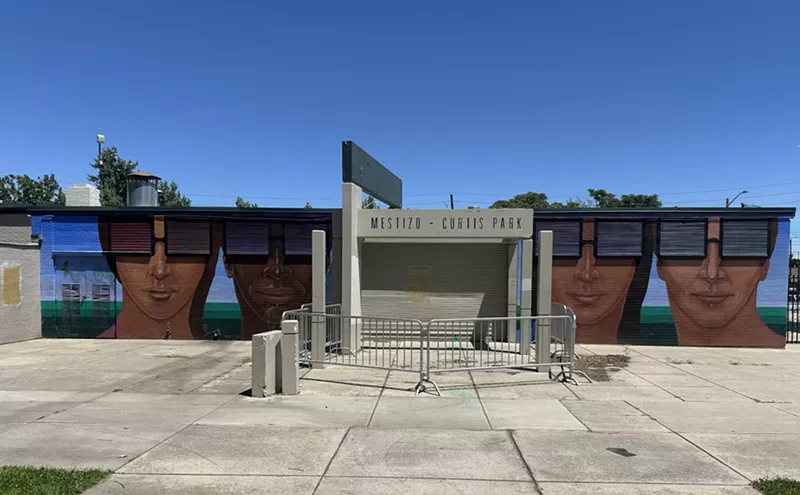The answer: very carefully.
Oddball tinkering with furniture design is nothing new. Pop-art-era beanbag chairs and Claes Oldenburg-style beds made to look like hamburgers--complete with pickle pillows--come to mind. But as seen in a current display at Sandy Carson Gallery, today's new-wave furniture artists have sobered up from the wacko age of shiny rainbow plastic and itchy kitsch. Much of this fun furniture of the Nineties is made of exquisitely handcrafted luxury materials, with humorous yet tastefully correct results.
For example, try sitting on Chris Bundy's wavy wrought-iron chairs. Bundy tugs the bilateral symmetry of traditional furniture design sideways, resulting in eye-bending motifs in which chair backs and legs stretch into Gaud-esque loops unexpectedly made of iron and steel. The silk-upholstered cushions in Bundy's "color" chair series seem to work just fine on their own, but the artist has chosen to place them in unusual, off-center locations on each chair.
Thomas Stender takes a more literal approach in his furnishings. "Rift," a cherry, gold-leaf and glass table, lifts its title directly from poststructuralist theory. While the wooden tabletop is artfully split in half, appearing broken and intentionally sagging apart, the crack is smooth and polished--a deliberate design element, rather than a design disaster. Sturdy underpinnings and a glass cover keep the rifted top together, a fine example of the painstaking craftsmanship necessary to support this type of frivolous experiment. The table legs complete the unstable impression: Set at 90 degrees, they wind up slouching at an acute angle because of the artificial sag above. The effect is subtle--the image of a piece of luxury furniture remains intact even as the table threatens to implode.
Stender's other works are equally unsettling. The handsome "Wave Goodbye" is made of curly maple and cherry wood and conforms to all the conventional definitions of "table"--except that one end of the tabletop surges up and out of the conventional planar surface into a series of graceful ripples.
Like Stender, Derek Davis turns the tables on tables with his gorgeous materials and workmanship. "Mr. Daddy Long Legs" looks at first glance like some ornate and polished piece of handmade furniture from the past. But something is wrong--the four legs of this small wonder arch up and out before spindling downward like the legs of a spider. And a cabinet called "Ode to the Sun" looks very much like the kind of New Mexican folk art reproductions that choke furniture catalogues and boutiques. A closer look reveals decorative howling coyotes surrounded by voodoo dollar signs made of snakes and lightning bolts--a comment on the crass commercialism of the knockoff Southwestern style the piece mimics so well.
Other artists twist design conventions in different ways: Lib Cummings Mead covers found furniture with fanciful handpainted designs, turning white elephants into the stuff of fantasy. The artist team of Alan Olson and Therese Edson do more or less the same thing, but the painted designs and other elements they've added create fabulous space-age renderings of Art Deco patterns, right down to the genuine neon and dangling crystal fringe.
Though these one-of-a-kind furniture designs look risky, they are nonetheless intriguing. In the end, the only thing in jeopardy here may be your decorating budget.
Art furniture by various artists, through October 7 at Sandy Carson Gallery, 1734 Wazee Street, 297-8585.












